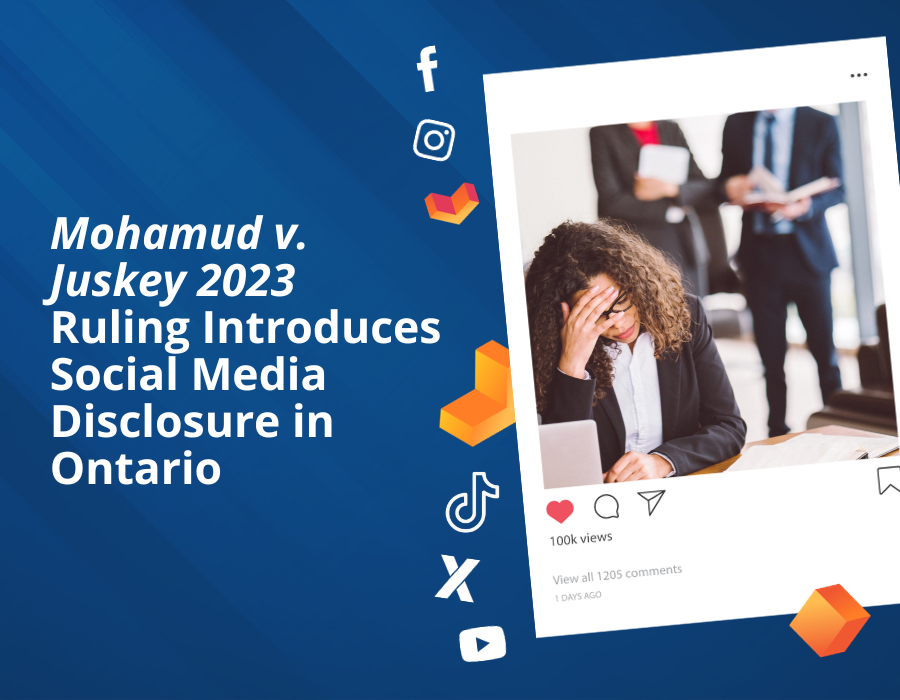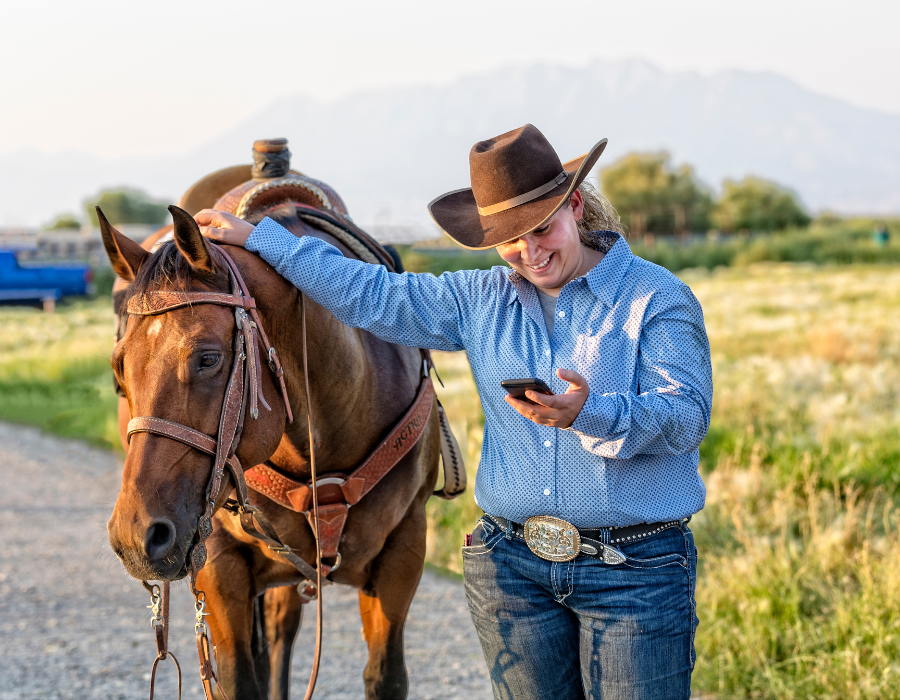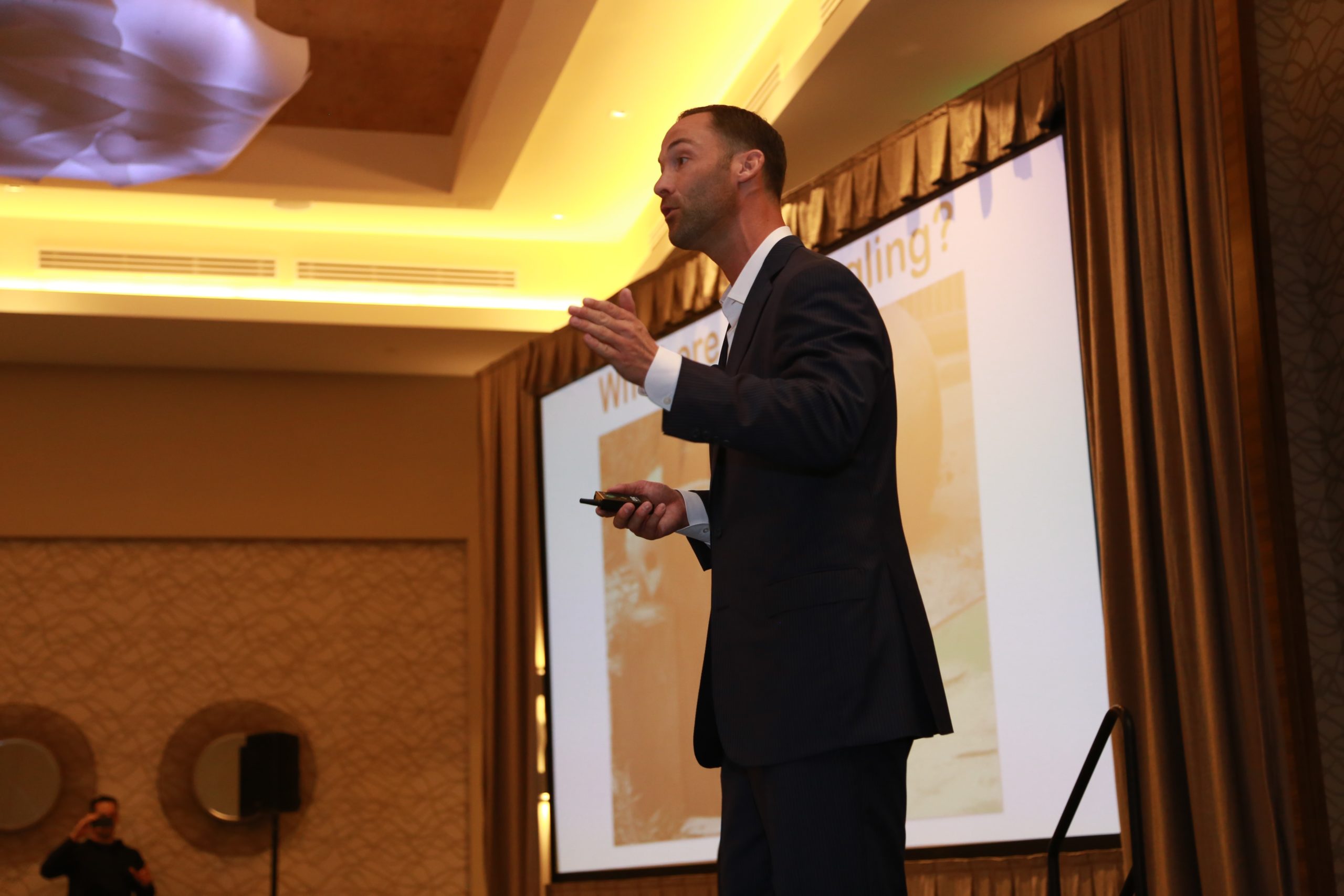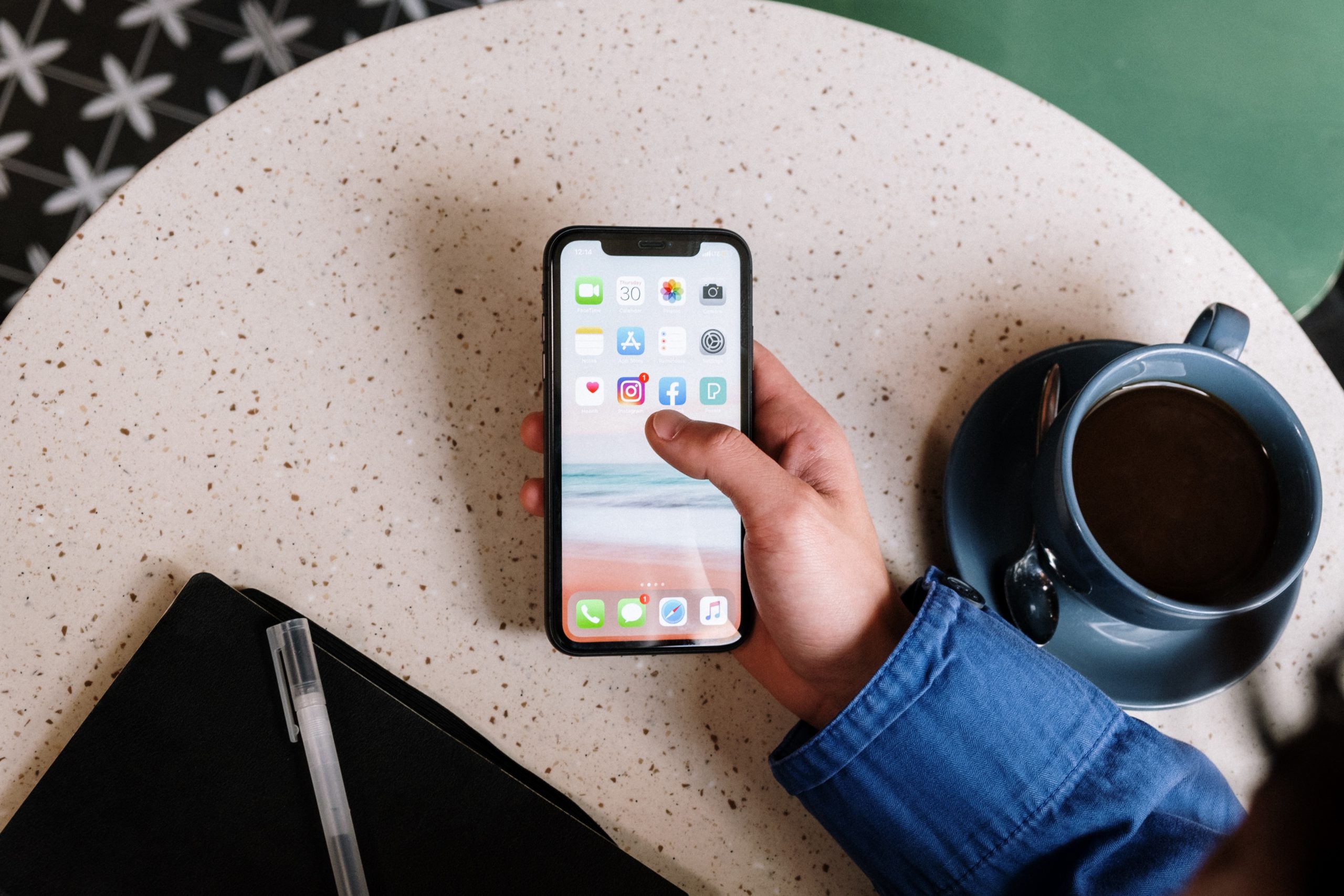MacVicar Estate v MacDonald 2018 NSSC 271
In MacVicar Estate v MacDonald, a ruling on damages for future loss of income used social media evidence in a limited capacity through the “snapshot” in time approach.
The plaintiff sustained injuries in a motor vehicle accident where she claimed she was rendered disabled and was unable to continue working. The defendant challenged the credibility of the claim by introducing photographs of the plaintiff on Facebook posing with a birthday cake where the plaintiff claimed that she did the icing on the cake herself. The defendant used the social media evidence to argue that the plaintiff could engage in everyday activity in contrast to her claim
However, Justice Murray concluded that, “this [Facebook post] is not the type of evidence that satisfies me that the plaintiff can lead an active and pain free life, or that her chronic pain is less debilitating than she reports.” The social media evidence, in conjunction with the plaintiff’s medical evidence and general credibility, led Justice Murray to discrediting the defendant’s argument.
Social media is being used as evidence in personal injury cases and you can no longer ignore what your clients post online. Private Footprint is a powerful tool that allows lawyers to quickly view, organize, and make sense of the overwhelming volume of social media content generated by clients. You can easily monitor social activity for each client separately, flag specific posts, and quickly generate detailed reports which document your client’s lives before and after life-altering events.
Contact us today to learn more about Private Footprint and how you can start protecting the value of your files.




































